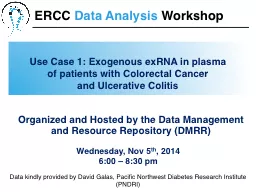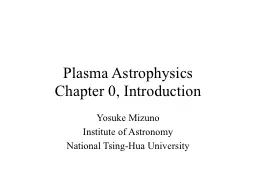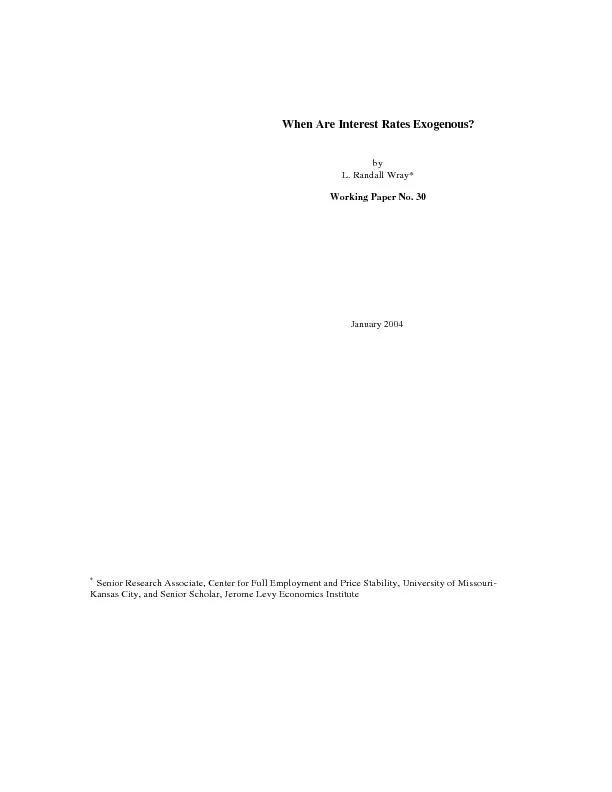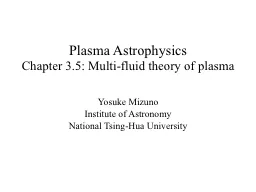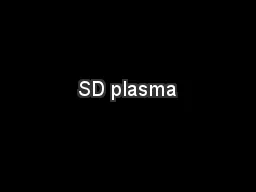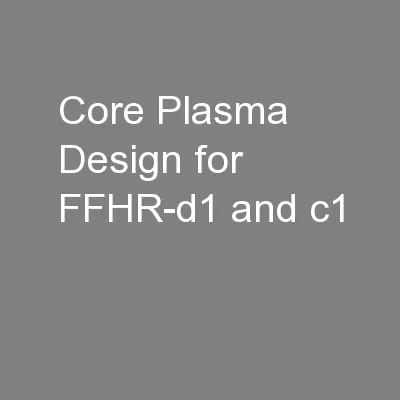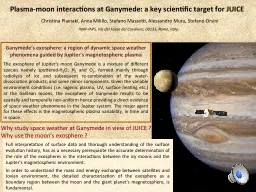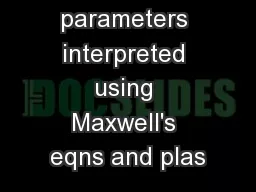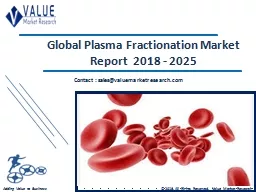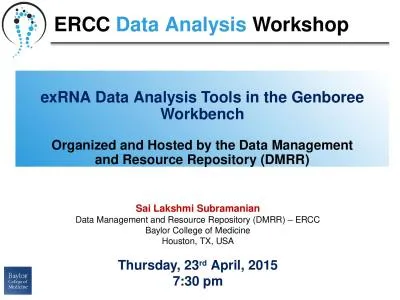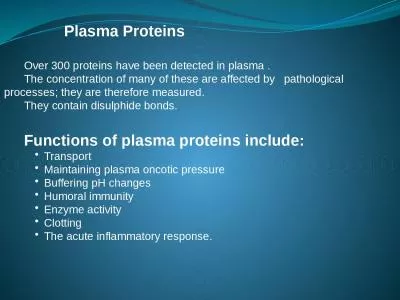PPT-Use Case 1: Exogenous exRNA in plasma
Author : numeroenergy | Published Date : 2020-07-03
of patients with Colorectal Cancer and Ulcerative Colitis Wednesday Nov 5 th 2014 600 830 pm Organized and Hosted by the Data Management a nd Resource Repository
Presentation Embed Code
Download Presentation
Download Presentation The PPT/PDF document "Use Case 1: Exogenous exRNA in plasma" is the property of its rightful owner. Permission is granted to download and print the materials on this website for personal, non-commercial use only, and to display it on your personal computer provided you do not modify the materials and that you retain all copyright notices contained in the materials. By downloading content from our website, you accept the terms of this agreement.
Use Case 1: Exogenous exRNA in plasma: Transcript
Download Rules Of Document
"Use Case 1: Exogenous exRNA in plasma"The content belongs to its owner. You may download and print it for personal use, without modification, and keep all copyright notices. By downloading, you agree to these terms.
Related Documents

